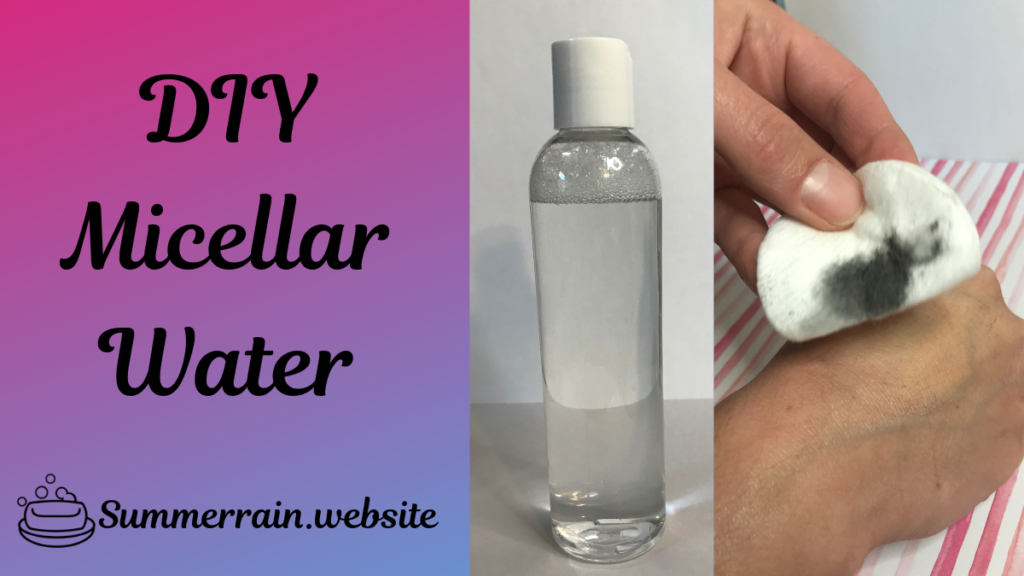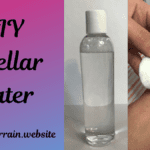You might have been wondering if you can make a diy micellar water at home. Of course you can. In this post you will learn what micellar water is, how it works and how to make it. I also provide a recipe and video tutorial.
Table of Contents
Prefer to watch this project instead of reading it?
I decided to make this micellar water when my daughter mentioned that we were all out of makeup remover cloths. You know that I am all about making my own skin care products so, challenge accepted! Turns out, this product works way better than I had anticipated.
I also wanted to share another recipe that uses Decyl Glucoside. Every ingredient that you purchase should be suitable for a variety of different formulations, to give you the most bang for your buck.
What is micellar water?
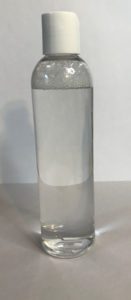
This product is great for removing makeup from your face. Basically, it is filled with micellars which are like little surfactant balls suspended in water. Basically one part of the surfactant likes water and the other does not. This is what makes them form micellar balls inside of this product.
Surfactants and how they work
To really explain this, I need to explain what a surfactant is. Surfactants are what gives this water the cleaning power. They are used in every thing from face wash to laundry detergents.
A surfactant has a head that is hydrophilic or water loving. And it’s tail is hydrophobic or oil loving.
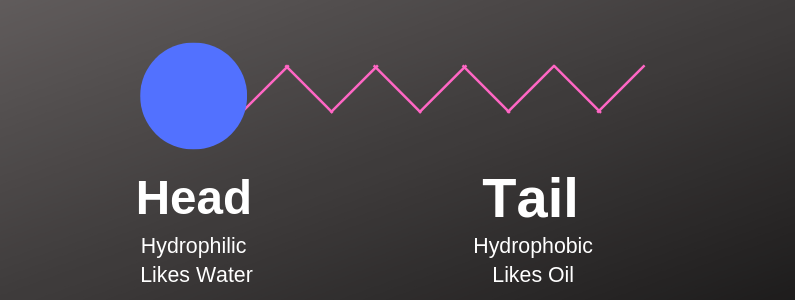
When the micellar water is put on a cotton pad, the head of the surfactant sticks to the cotton. It does this, because of the cellulose of the cotton attracts the head of the surfactant to it. When the head is stuck to the cotton pad, the tail is going to stick straight out.
The surfactant helps to soften the water and lower the surface tension of the water. In simple terms, the water wants to stay together and stick to itself. The head of the surfactant loves water and sticks to the water molecules, lowering the surface tension and keeping the mixture in tact.
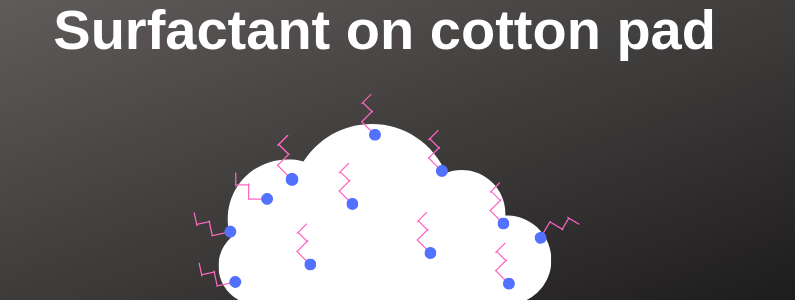
When you put the diy micellar water on a cotton pad, the head of the surfactant is going to hold on strong to the pad, because the cotton is polar (or charged). The surfactant is going to hold on to the cotton pad, much like how a magnet sticks to the fridge. When you wipe your face with the cotton pad, the tail is able to grab the unwanted makeup and oil that is on your face.
How to use micellar water
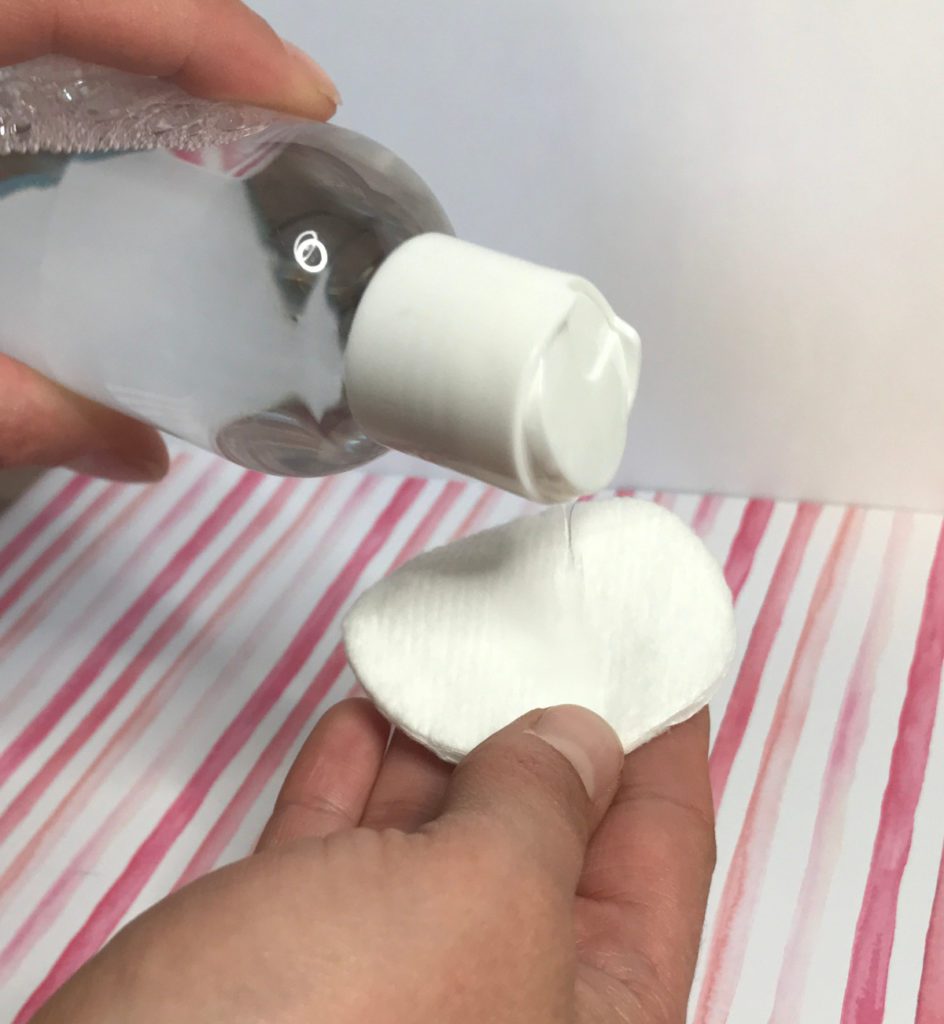
You put the diy micellar water on a cotton pad and rub on face to remove makeup. Also, since this is a water based product, it is not intended for waterproof mascara or a heavy foundation.
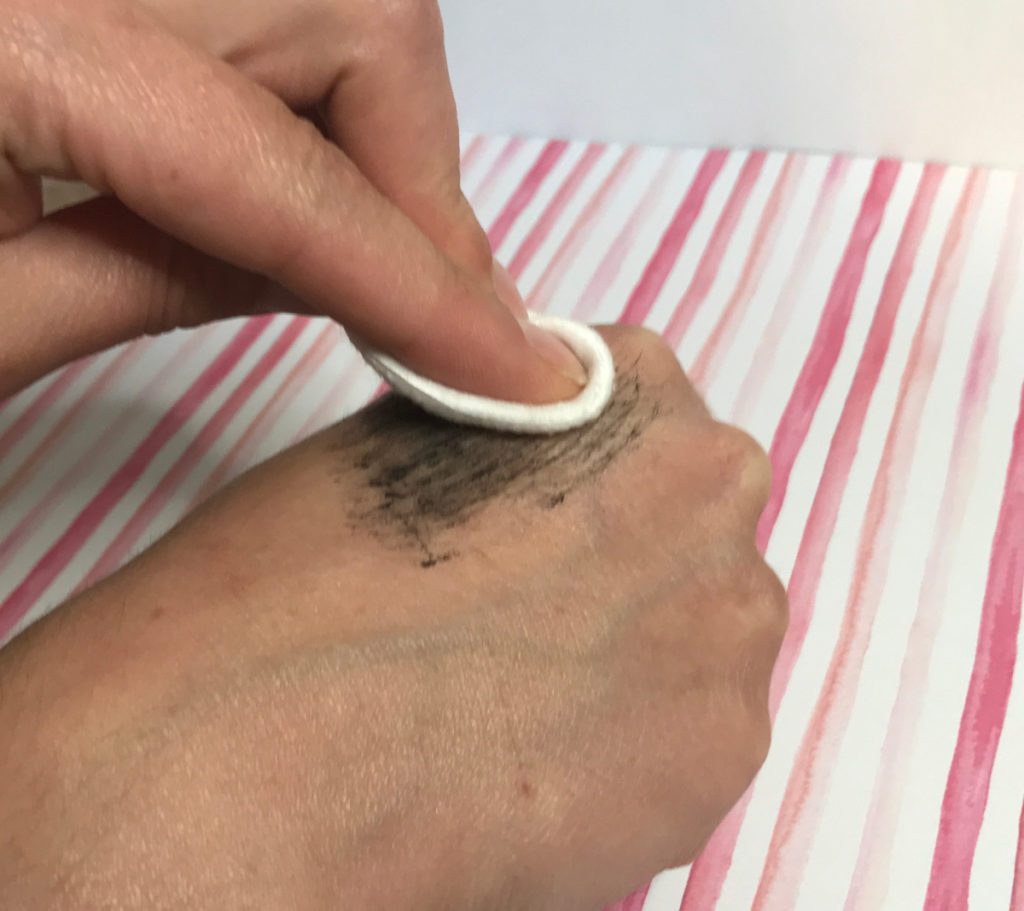
Please note that this is it is not a face wash, it is a makeup remover. There is no need to wash the micellar water off after use.
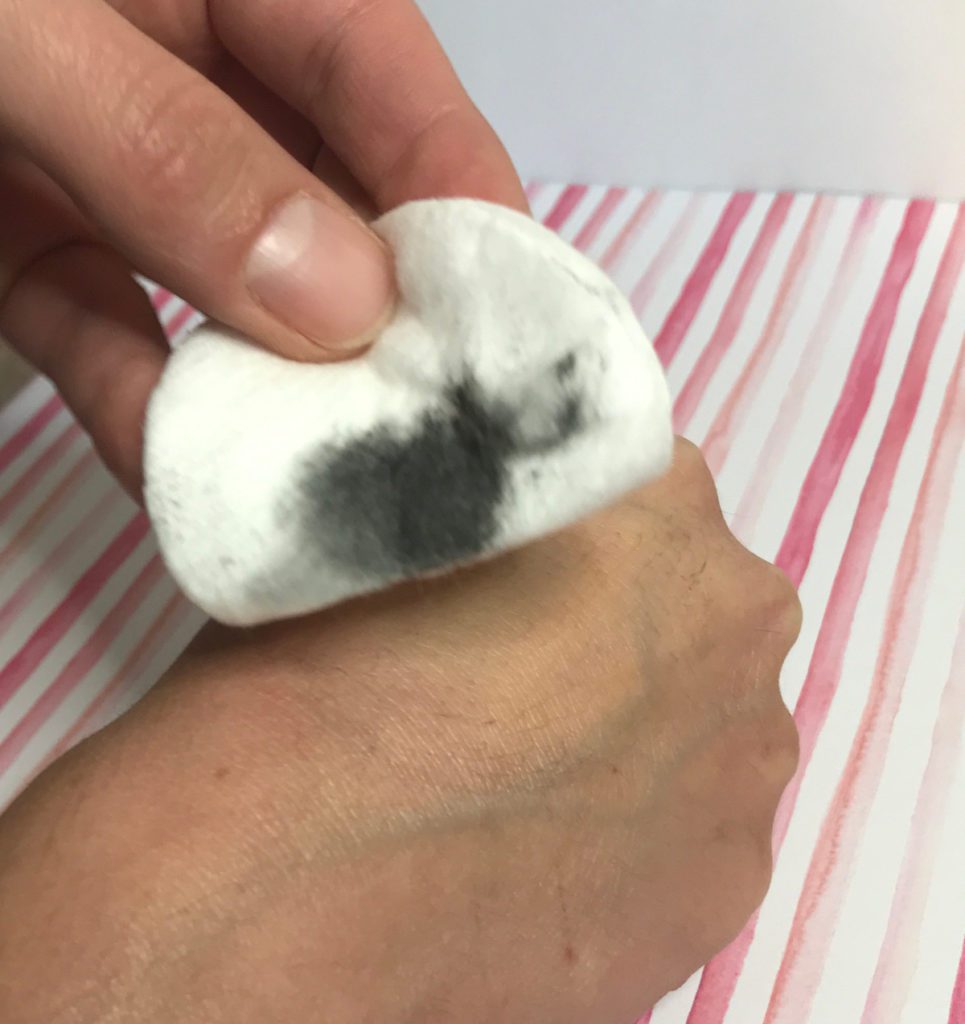
However, I prefer to use the diy micellar water and then wash my face with a face wash. Mostly because I remove my makeup right before bed, which is when I normally wash my face.
Ingredients Overview
Distilled water
Yes, it needs to be distilled. All water is not created equal in cosmetic formulations. Just trust, it’s a cheap enough ingredient and rules out the water if you run into any issues with formulas.
You can also use flower water or hydrosol in place of the water. Just deduct how ever much you use from the distilled water portion of the recipe.
Vegetable Glycerin
Vegetable glycerin is a humectant, that draws water to the skin. Since this micellar water does not require you to wash your face after use, you want to add some extra moisturizing properties to the formula.
Aloe Vera
Aloe vera has been proven to improve the appearance of dry and aging skin. Be sure that you are using the liquid and not the gel. I used the 10 x’s concentrated version in this formula.
Broad Spectrum Preservative
Anytime you use water in a formula, you have to use a preservative. Otherwise you are going to have a breading ground for nasty bacteria. It’s not worth the risk. I used optiphen plus in this formula.
Panthenol
Panthenol is used because we are creating a product that is suitable to leave on. This is going to add pro-vitamin B5 into the micellar water. This is able to easily penetrate the skin to moisturize. It is also known for it’s abilities to sooth blemished skin.
Decyl Glucoside
Decyl glucoside is really the secret sauce in this recipe. Without it, you would just be putting some water and vitamins on your face. This surfactant is what grabs up the makeup and lowers the surface tension of the water.
It lathers easily, but is suitable for sensitive skin. In fact, this is often used in baby shampoos because it is so gentle.
DIY Micellar Water
Equipment
- Scale
- Container to store finished Micellar Water
Ingredients
- 7.20 ounces | 90% Distilled Water
- 0.16 ounces | 2% Vegetable Glycerin
- 0.24 ounces | 3% Aloe Vera Liquid – 10 x's concentrated
- 0.04 ounces | .5% Broad Spectrum Preservative
- 0.16 ounces | 2% Panthenol (Provitamin B5)
- 0.16 ounces | 2% Deycl Glucoside
Instructions
- Mix ingredients into the distilled water one at a time in the order that they are listed. Be sure to add the Deycl Gluciside last.
- Once your surfactant is added, do not over mix.
- Pour into your container and enjoy.
